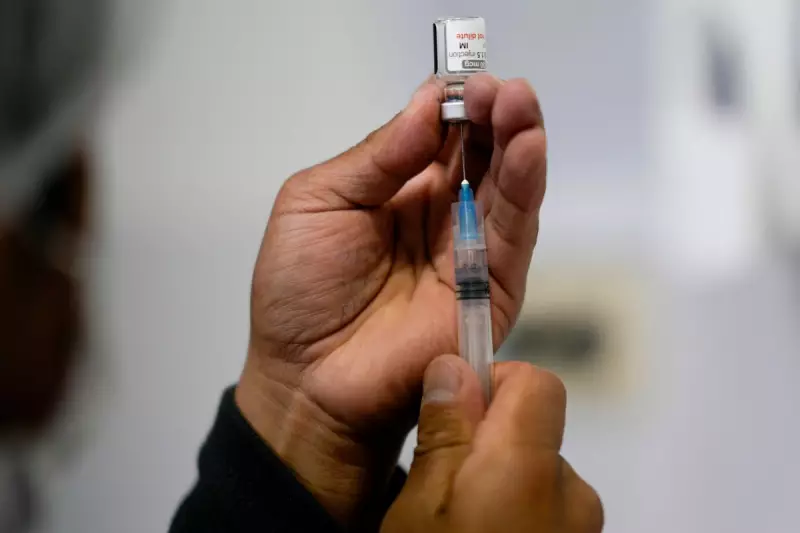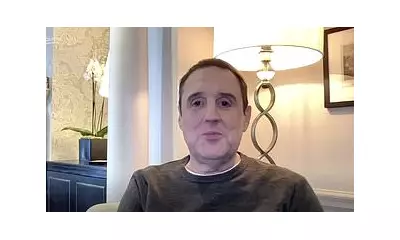
A startling new study has uncovered deep-seated inequalities in COVID-19 vaccine distribution across Washington state, revealing that vulnerable communities were systematically left behind during the critical early rollout of Moderna and Pfizer vaccines.
The Stark Reality of Vaccine Inequality
Research conducted by leading public health experts demonstrates that ethnic minority groups and low-income residents faced substantial barriers to accessing life-saving coronavirus vaccinations. The findings paint a troubling picture of how systemic healthcare disparities exacerbated the pandemic's impact on already marginalised populations.
Key Findings from the Research
- Significant geographic disparities in vaccine availability across different neighbourhoods
- Lower vaccination rates among Black, Hispanic, and Indigenous communities compared to white residents
- Structural barriers including transportation issues, digital literacy challenges, and language barriers
- Income-based inequality with wealthier areas receiving better access to vaccination centres
Systemic Failures in Pandemic Response
The study highlights how pre-existing healthcare inequalities were magnified during the vaccine rollout. Many vulnerable residents reported difficulties navigating online booking systems, taking time off work for appointments, and accessing vaccination sites located far from their communities.
The Human Cost of Inequality
Behind the statistics lie real stories of frustration and fear. Elderly residents without internet access, essential workers unable to secure appointments, and non-English speakers struggling to understand complex medical information - all faced unnecessary hurdles in protecting themselves against COVID-19.
Lessons for Future Health Crises
Public health experts argue that these findings must serve as a wake-up call for policymakers. The research provides crucial insights for improving equity in future vaccination campaigns and emergency health responses, emphasizing the need for community-centred approaches that address structural barriers head-on.
The study concludes that without targeted interventions and policy changes, similar disparities will inevitably resurface during future public health emergencies, perpetuating cycles of health inequality that disproportionately affect society's most vulnerable members.





